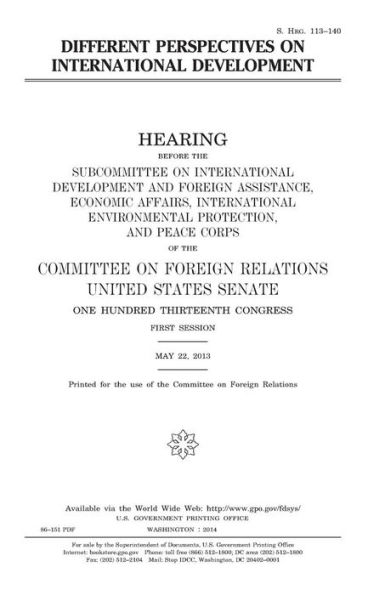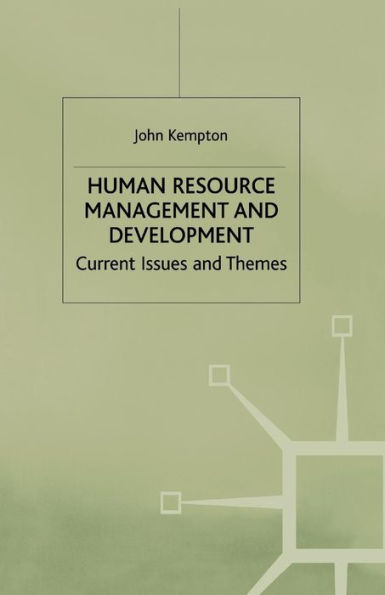Home
Global Issues and Talent Development: Perspectives from Countries Around the World
Loading Inventory...
Barnes and Noble
Global Issues and Talent Development: Perspectives from Countries Around the World
Current price: $99.74


Barnes and Noble
Global Issues and Talent Development: Perspectives from Countries Around the World
Current price: $99.74
Loading Inventory...
Size: Hardcover
*Product Information may vary - to confirm product availability, pricing, and additional information please contact Barnes and Noble
Talent management (TM) and talent development (TD) are of the most important areas of focus for organizational leaders and scholars around the world (Machado, 2015). Geographic boundaries have become increasingly permeable, with talent considerations being a key factor in the decision of where organizations locate their operations (Farndale, Scullion, & Sparrow, 2010). These changes in global market conditions have lead organizations to develop robust global talent management and development strategies that help organizations attract and retain the best talent (Nilsson & Ellström, 2012). Still, most international TM and TD initiatives can be described as ad hoc, non-strategic, or based on exported models from the West (Machado, 2015)
From an operational perspective, although there is a surge in research on TM and TD practices across different regions, most of what we know about these topics is based on government and practitioners' reports. Nowadays, organizations are operating in diverse environments catalyzed by globalization, economic openness, and governmental smart visions and practical policies. Governments and organizations alike, are aspiring to become talent magnet destination, attracting expatriates from all over the world. The question we try to answer in this book is whether entities are able to continue their growth through current TM and TD practices or whether a more strategic approach is needed in order to address the current TM and TD challenges and to meet the needs of individuals, organizations, and governments.
In particular, in this book we provide different perspectives of current status of TM and TD practices in select countries across the world. Our aim is to provide scholars and practitioners interested in the topic with a better understanding of TM and TD practices, and an overview of factors that affect these practices. Once we understand the different challenges, practitioners and leaders can use TM and TD as a source of power, or a strategy, that can lead people and organizations into success.


















